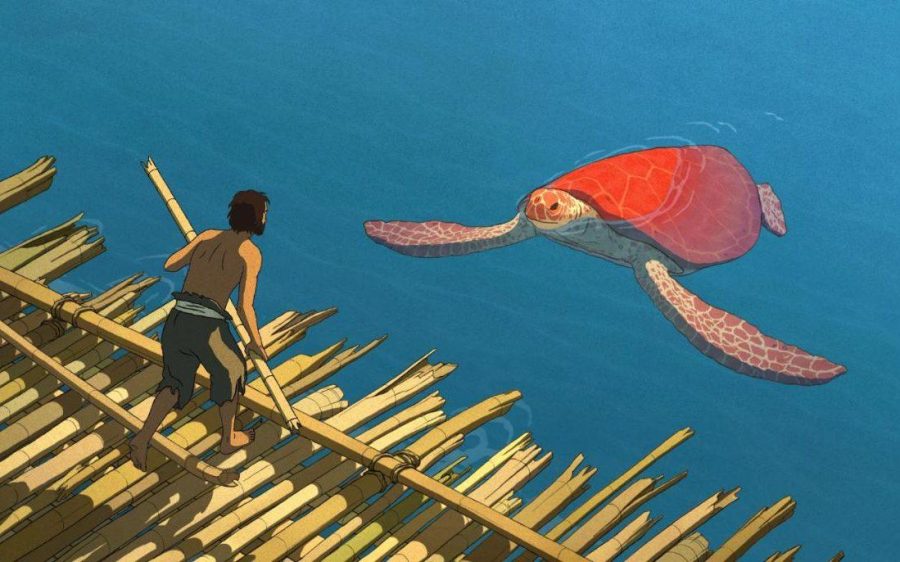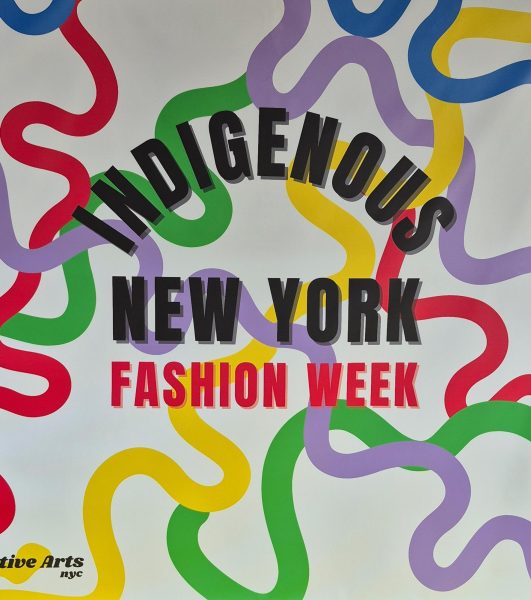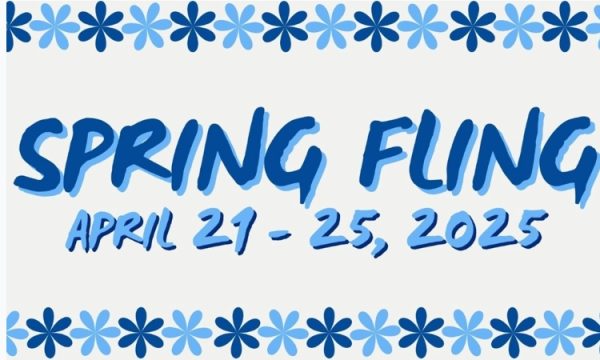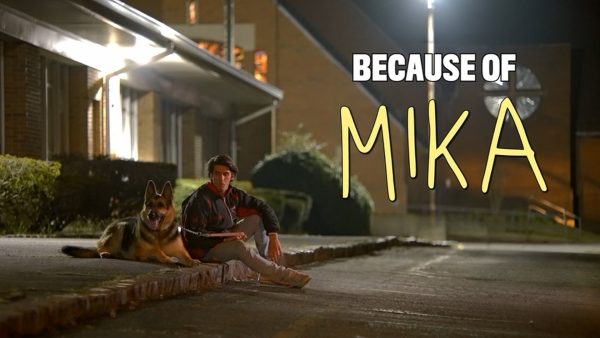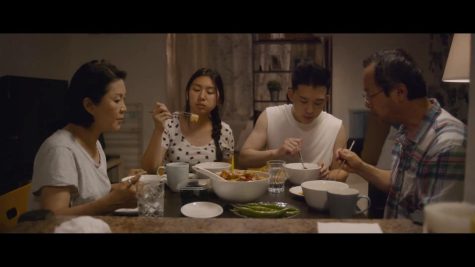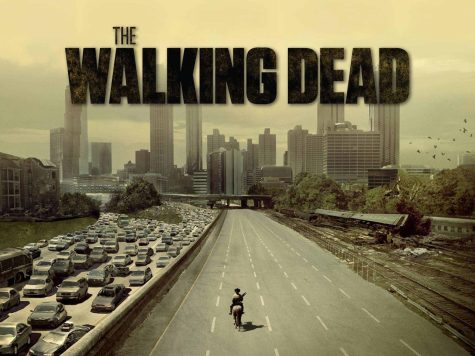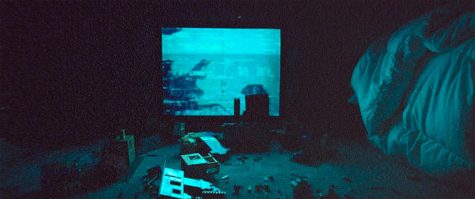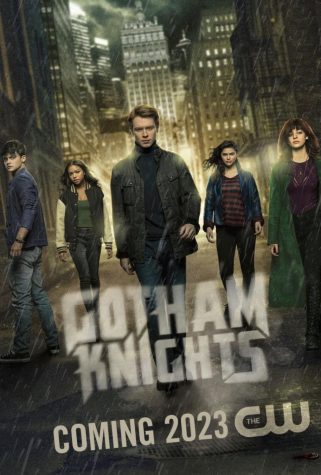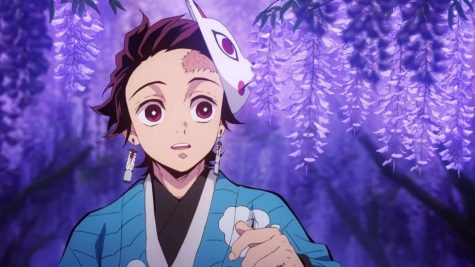Modern Ghibli Classic: ‘The Red Turtle’ Speaks Volumes Without Words
The Red Turtle is a cinematic collaboration from Dutch animator and director Michael Dudok de Wit, co-produced by the Japanese Studio Ghibli (producer of beloved classics “Spirited Away” and “My Neighbor Totoro”), which transports viewers to a serene island ecosystem confined within the realm of a fable.
The Red Turtle is currently nominated for the Best Animated Feature Film for the 89th Academy Awards after premiering last May at the 2016 Cannes Film Festival, and is now being shown in a various theaters in New York and Los Angeles.
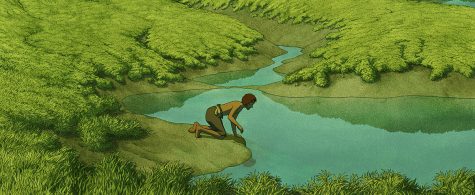
As with all films produced by Studio Ghibli, The Red Turtle creates a visual landscape that is crisp and captivating; however, what becomes clear within the first few scenes in this castaway tale is just how integral the environment is to the ultimate progression of the film.
The muted palettes of pale, ocean blues, earthy brown cliff-faces, and deep green bamboo forests present a stunning picture of a natural setting untouched by mankind. “The Red Turtle” succeeds in creating a meaningful dynamic between our nameless main character, a presumably shipwrecked castaway with nondescript features, and the environment he has now been forced to inhabit.
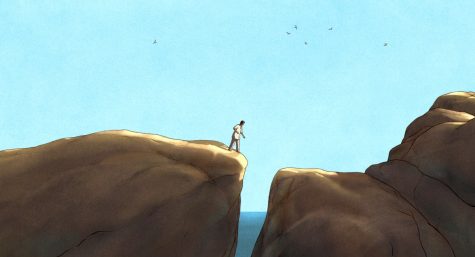
Absent of any dialogue, barring a few outbursts of emotional shouts, the film relies on its gorgeous visuals by employing a rudimentary style of storytelling that is both charming and impactful.
The titular character, a magnificent red sea turtle, is introduced as an adversary to the castaway. The turtle appears to thwart the castaway’s attempts to sail away from the island on a makeshift raft he has fashioned out of the island’s ample bamboo shoots. The turtle remains unseen during the castaway’s first few attempts at escape, but is then revealed in an emotionally charged face-off between the two.
From this moment on, the story takes on a more typical Ghibli format. The Japanese production company is known for subtly infusing mature topics into films geared mostly towards a younger audience. The concept of valuing and respecting nature is present throughout many Studio Ghibli features–most notably, Princess Mononoke –and this charming addition to the studio’s roster is no different.
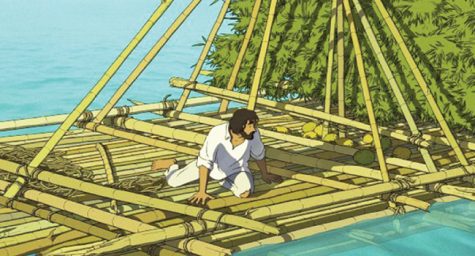
Without revealing too much, the narrative takes a sharp turn after the main characters face-off, and from then on takes on the form of a fable. Our castaway then embarks on an emotional journey of personal discovery as he grows and learns to accept his newfound life on the island.
The island’s sprawling bamboo fields, crystal clear blue waters and rocky cliff faces morph into a character of their own and become both friend and foe to the castaway. The island provides him with shelter, and food, and yet the deluges of rain and hurricane-like winds threaten to destroy the habitat he’s fashioned at any moment.
As with many Ghibli classics, this movie uses a charming art style to breathe life into the scenes, settings and characters. Despite the film being absent of dialogue, the most poignant scenes are just as emotionally charged. The aesthetic of the animation, more stripped back than most of Ghibli’s bubbly, brightly colored classics, resembles a more hand-drawn art style. Frames linger on screen bringing about this emphasis of emotion that could have been lost in a film without dialogue.
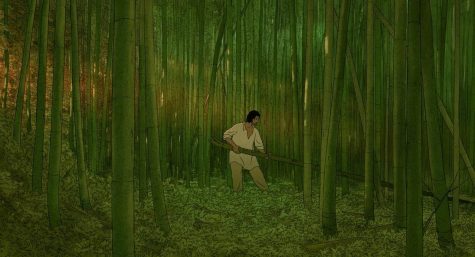
“The Red Turtle” is a heartwarming film that will delight viewers with its charming tale of perseverance and love. More mature viewers will glean the subtler themes regarding respect for nature and making the most out of an unfortunate situation. Either way, this film is a splendid addition to the ranks of Studio Ghibli classics.
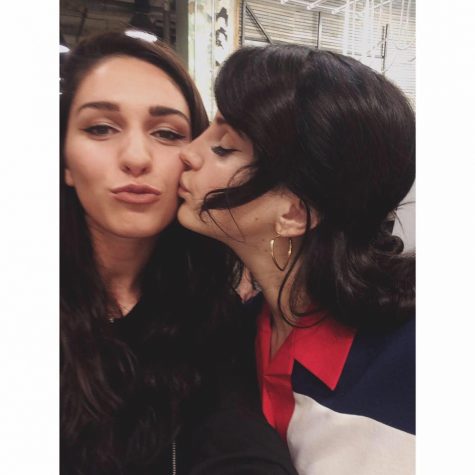
Nora-Grayce is a journalism major from Yonkers. She's a music and pop culture addict who lives for festivals and food. In her spare time she can be found...



